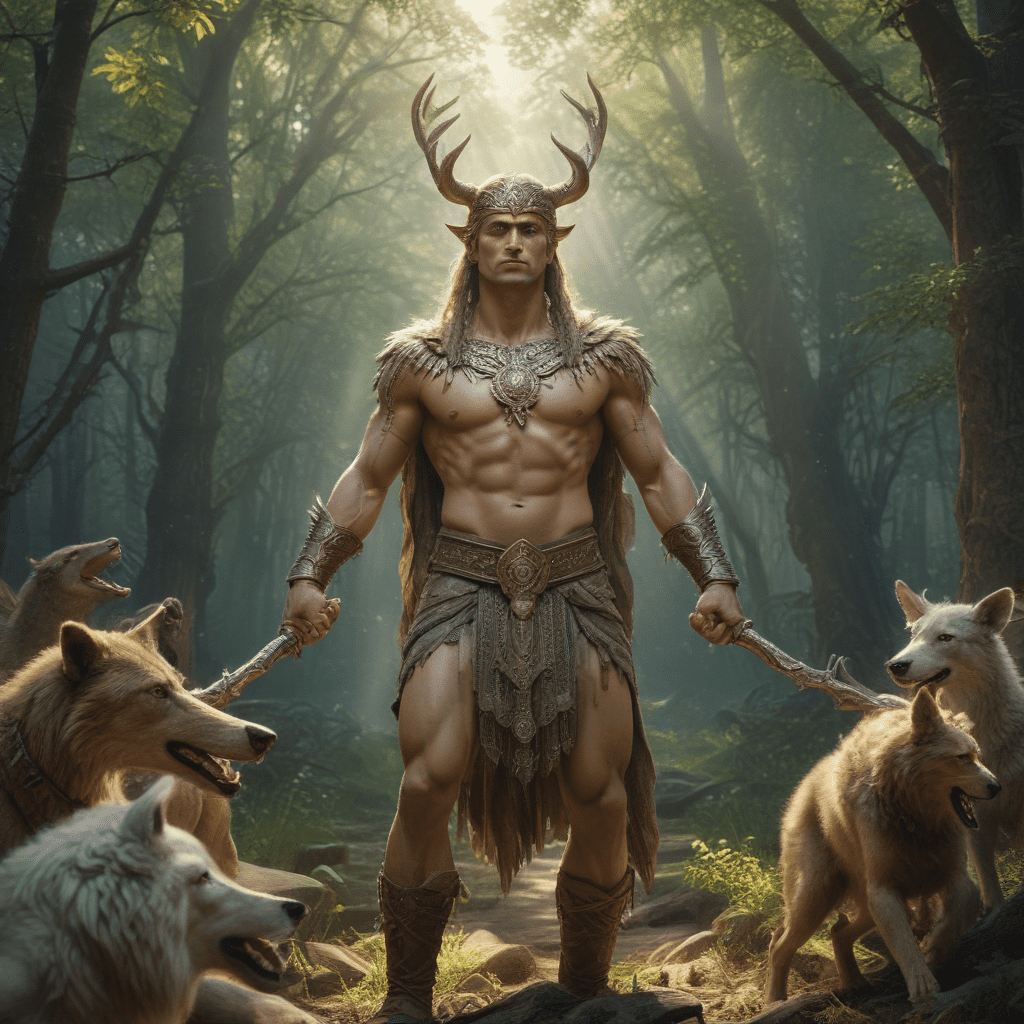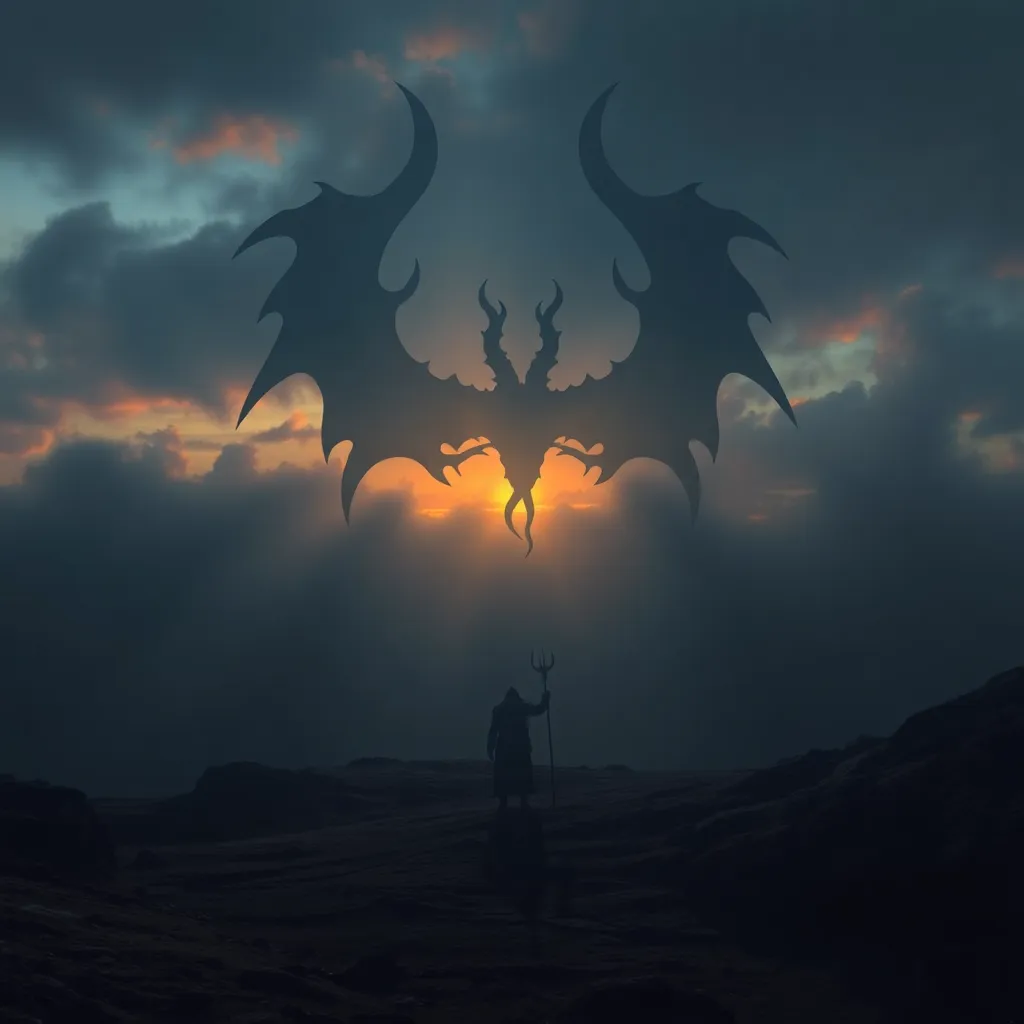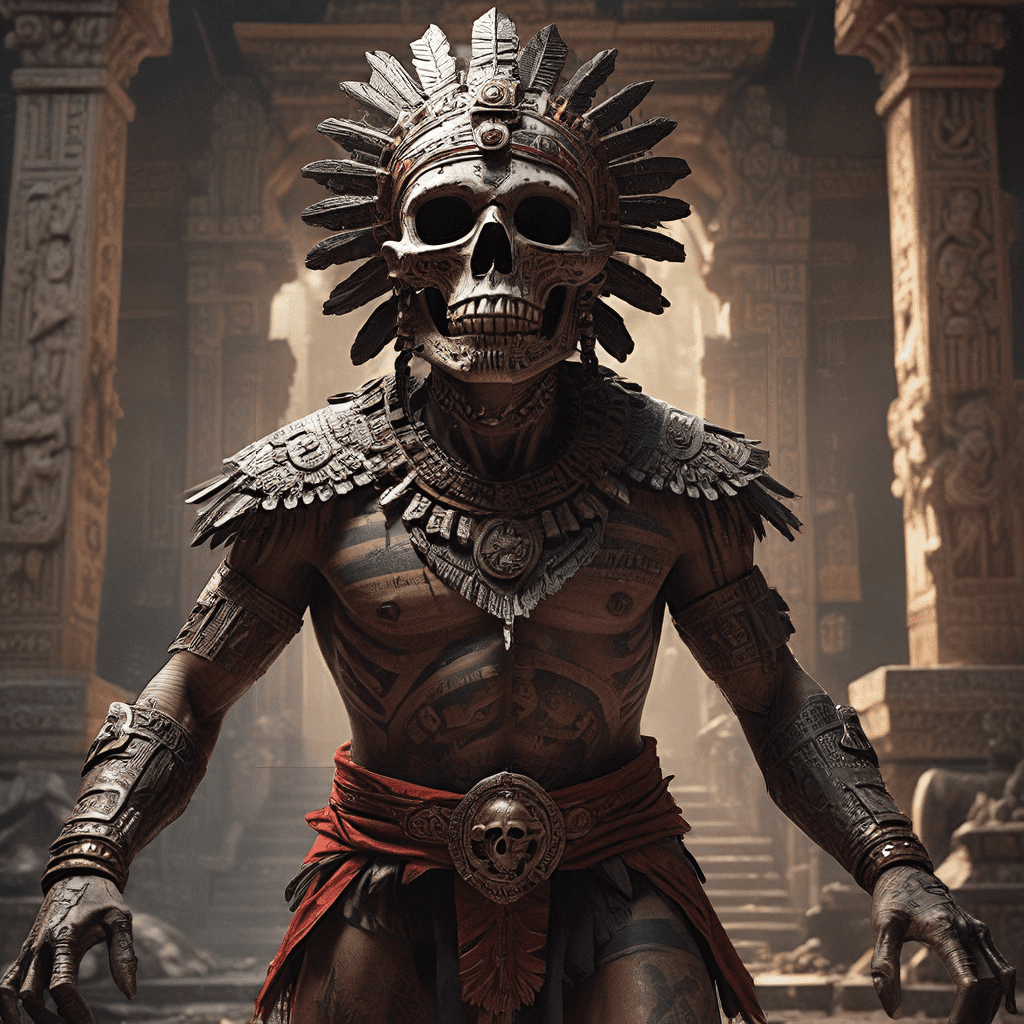The Concept of Transformation in Slavic Mythology
I. Introduction
Slavic mythology is a treasure trove of fascinating characters, captivating tales, and enigmatic symbols. Among these, the concept of transformation plays a pivotal role, manifesting in various forms and carrying profound significance. From the shapeshifting nature of deities to the animalistic embodiment of ancestors, transformation served as a central theme in Slavic folklore and traditions.
II. The Shapeshifting Nature of Slavic Deities
Slavic deities exhibited a remarkable ability to transform themselves into different shapes and forms. For instance, the god Veles, the patron of cattle, could take on the guise of a serpent or a bull. The goddess Mokosh, protector of women and childbirth, was known to transform herself into a black cow or a white owl. These transformations allowed the gods to interact with mortals, influence events, and perform their divine duties.
III. Animal Transformations: Guardians and Ancestors
Animals held great significance in Slavic mythology, often serving as guardians of the natural world and embodiments of ancestors. Swans, for example, were believed to be the souls of deceased children, while wolves were revered as protectors of the forest. Bears were considered sacred intermediaries between the human and spiritual realms, and their appearance in dreams carried both ominous and auspicious meanings.
IV. The Role of Water in Transformation
Water played a crucial role in Slavic transformation lore. Rivers, lakes, and springs were seen as portals to the underworld, where spirits and ancestors resided. Immersion in water was believed to cleanse and purify, allowing individuals to undergo profound transformations. This concept is evident in the legend of the Rusalka, a female water spirit who drowned and returned as a beautiful but dangerous creature.
V. Transformation as a Symbol of Power
In Slavic mythology, transformation was often associated with power and authority. Shapeshifting abilities were seen as a mark of divine favor, allowing individuals to assume the powers and characteristics of animals or deities. Warriors believed that transforming into a bear or a wolf would grant them strength and courage in battle. Shamans and healers used their ability to transform into animals to access the spirit world and perform their rituals.
VI. The Dark Side of Transformation: Witches and Vampires
Slavic mythology also recognized the darker aspects of transformation. Witches were believed to possess the ability to transform themselves into cats, owls, or even flies to carry out their malicious deeds. Vampires, too, were said to undergo a gruesome metamorphosis, rising from their graves as undead creatures with fangs and a bloodthirsty lust. These malevolent transformations represented a perversion of nature and posed a constant threat to ordinary mortals.
VII. The Transformation of Landscapes: Mountains, Forests, and Rivers
Nature itself was also subject to transformation in Slavic mythology. Mountains were believed to be the homes of supernatural beings, their jagged peaks reaching up to the heavens. Forests were seen as liminal spaces where the boundary between the human and spirit worlds blurred, and ancient trees possessed consciousness and could communicate with those who listened. Rivers, as mentioned earlier, were gateways to the underworld, their depths holding secrets and dangers unknown to mortals.
VIII. Rituals and Beliefs Associated with Transformation
Transformation played a central role in Slavic rituals and beliefs. Shamans and witches performed transformation rituals to access the spirit world, heal the sick, or cast spells. Certain animals, such as the horse or the raven, were considered messengers from the gods and could facilitate transformation between different realms. Amulets and talismans were also believed to possess transformative powers, protecting the wearer from evil or bringing good luck.
IX. Transformation in Slavic Folklore and Literature
Slavic folklore and literature are replete with tales of transformation. The hero figure often undergoes a transformative journey, encountering magical creatures and obstacles that test their mettle and ultimately lead to their growth and triumph. In the epic poem "Igor's Tale," the protagonist is transformed into a cuckoo bird, soaring above the battlefield and witnessing the horrors of war. Transformation also serves as a metaphor for personal and societal change, reflecting the cyclical nature of existence and the inevitability of change.
X. Conclusion: The Enduring Legacy of Transformation
The concept of transformation remains deeply embedded in Slavic culture and imagination. From the shapeshifting deities to the animalistic ancestors, from the ritualistic practices to the folktales and epics, transformation permeates every aspect of Slavic mythology. This enduring legacy reflects the human fascination with change, the unknown, and the potential for growth and renewal that exists within the cycle of life and the tapestry of existence.
FAQ:
Q: What are some common forms of transformation in Slavic mythology?
A: Shapeshifting into animals, water transformations, and landscape transformations.
Q: Why did Slavic deities have the ability to transform?
A: To interact with mortals, influence events, and perform their divine duties.
Q: What is the significance of animals in Slavic transformation lore?
A: Animals are guardians and embodiments of ancestors, and transforming into them grants power and authority.
Q: How does water play a role in Slavic transformation?
A: Water is a portal to the underworld and a source of purification, allowing for profound spiritual changes.
Q: What are some examples of transformation in Slavic folklore and literature?
A: The hero transforming into a cuckoo bird in "Igor's Tale" and the transformation of landscapes in myths and legends.



